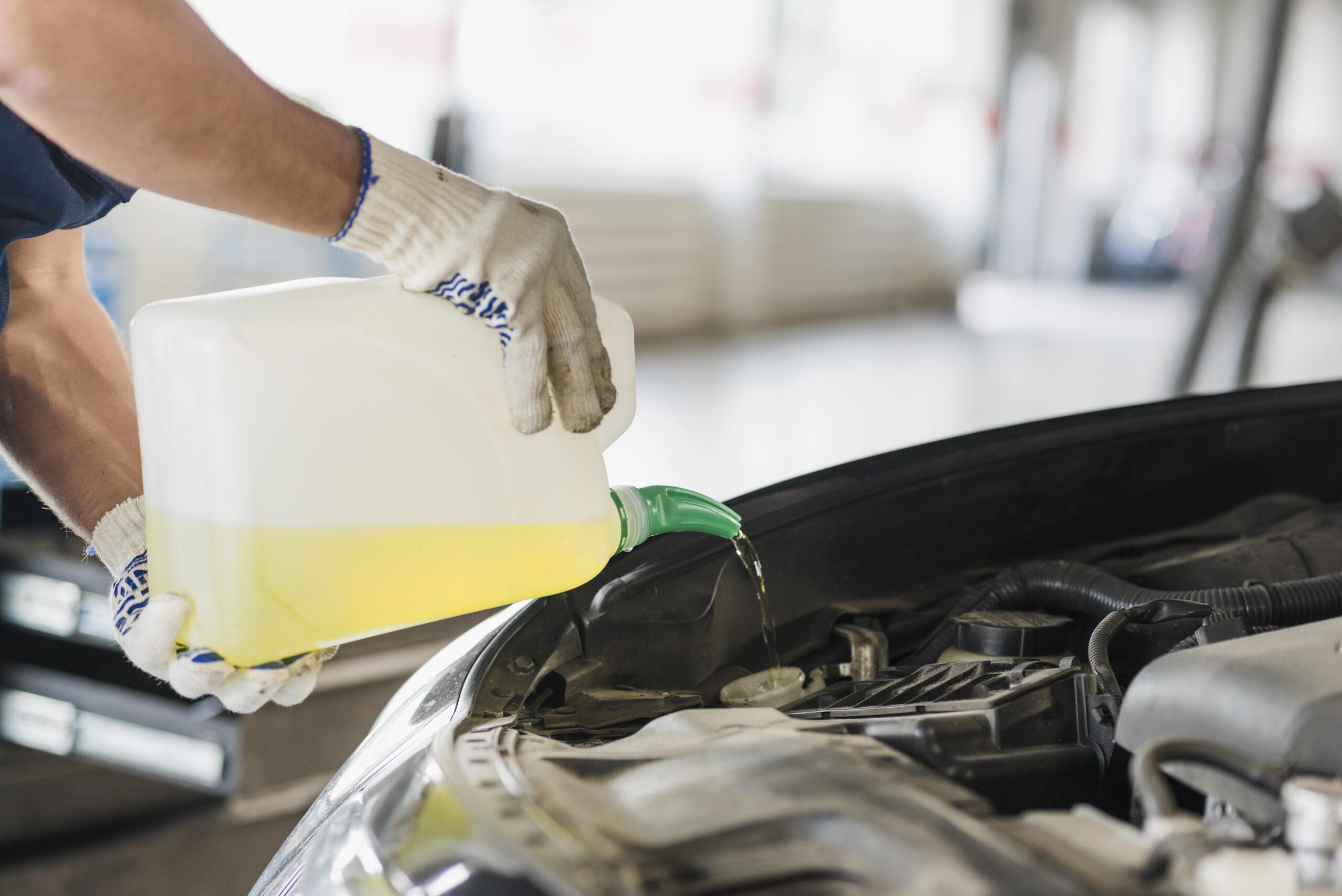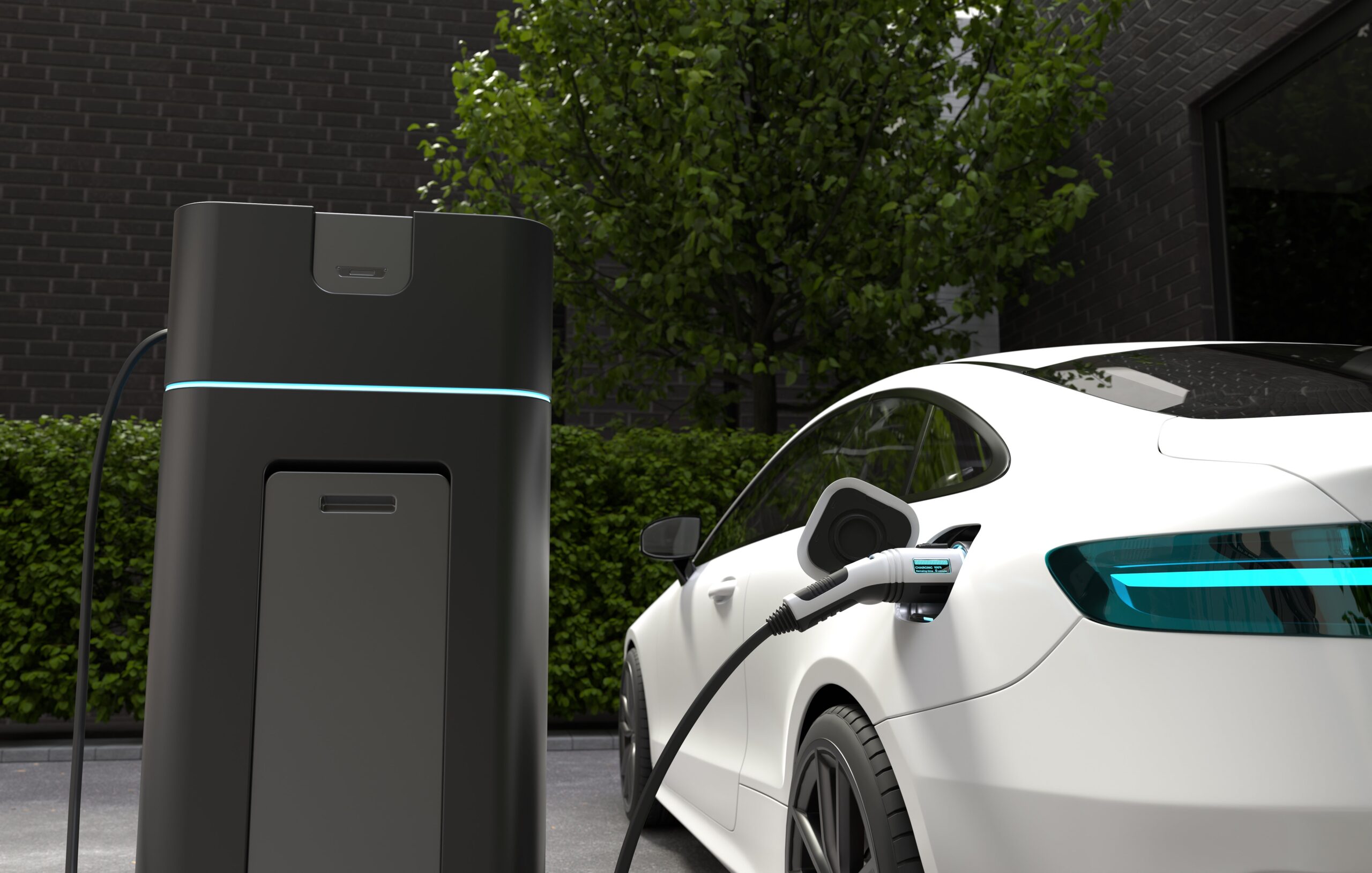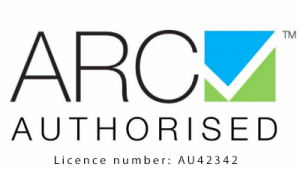What to Know About EV Battery Health Checks
At The Torque Team, we often receive enquiries about EV battery health checks, especially from customers looking to assess the condition of an electric vehicle before purchase. Many people assume that checking an EV battery is as simple as plugging in a diagnostic tool. But the truth is, accurate testing is far more complex and time-consuming.
In this blog, we explain what state of health (SoH) means, how it’s measured, and what common methods and tools get right—and wrong—when it comes to assessing EV battery health.
Understanding the Basics
Before diving into battery health checks, it’s important to understand a few key concepts:
-
Battery Pack: Composed of thousands of individual lithium-ion cells, the battery pack’s overall capacity depends on both cell count and individual performance.
-
Charging Behaviour: EVs charge using a constant current, constant voltage (CCCV) process. Current drops as the battery nears full charge.
-
Fully Charged/Discharged: A lithium-ion cell is considered fully charged when the current drops to a minimal threshold, and fully discharged around 3.0VDC.
-
Battery Capacity: This refers to the energy stored or released during charging/discharging, usually measured in kilowatt-hours (kWh).
-
State of Health (SoH): Expressed as a percentage, SoH is the current capacity compared to the battery’s original (new) capacity.
For example, if a Tesla Model 3 with a new 57.5kWh battery is measured at 55kWh capacity, its SoH is calculated as 95.65%.
How Is EV Battery Health Accurately Measured?
True SoH testing involves either fully discharging and then charging the battery, or vice versa, while measuring the energy transferred during the process. This method can take more than 24 hours but is the only way to get a truly accurate reading.
Some vehicles like the Tesla Model 3 include built-in SoH diagnostics. These systems may activate internal components (e.g. cooling fans) to help fully discharge the battery before measuring how much energy is accepted during a full charge.
Other EVs, such as the Mitsubishi Outlander PHEV, offer a similar feature sometimes referred to as a “battery reset.”

Can Apps Accurately Measure Battery Health?
There are many smartphone apps and plug-in tools that claim to provide EV battery health readouts. However, it’s important to note:
-
These tools use algorithms, not actual measurements.
-
Results are based on typical battery degradation models—not your specific battery’s condition.
-
SoH values shown are estimates, not empirical data.
While these apps can offer useful general guidance, they may overlook unique issues such as uneven cell wear or pack-specific faults. For purchasing or warranty decisions, a full charge/discharge cycle test is far more reliable.
When Should You Get an EV Battery Health Check?
-
Before Buying a Used EV: Especially if the seller relies solely on app-based diagnostics.
-
If You Notice Reduced Range or Charging Performance: These symptoms may indicate degradation that won’t be obvious through an algorithm.
-
During Long-Term Ownership: Periodic SoH checks can help you plan maintenance or replacement and maximise battery life.
Final thoughts
EV battery health checks are more nuanced than they appear. While apps and software offer convenience, they rely on estimation—not real data. To accurately determine battery health, you need a full charge and discharge cycle to measure actual capacity. Although time-consuming, this process delivers trustworthy results—especially important if you’re investing in a used EV or monitoring long-term battery performance. Knowing the facts helps you make confident, informed decisions. Contact the Torque Team Today!








